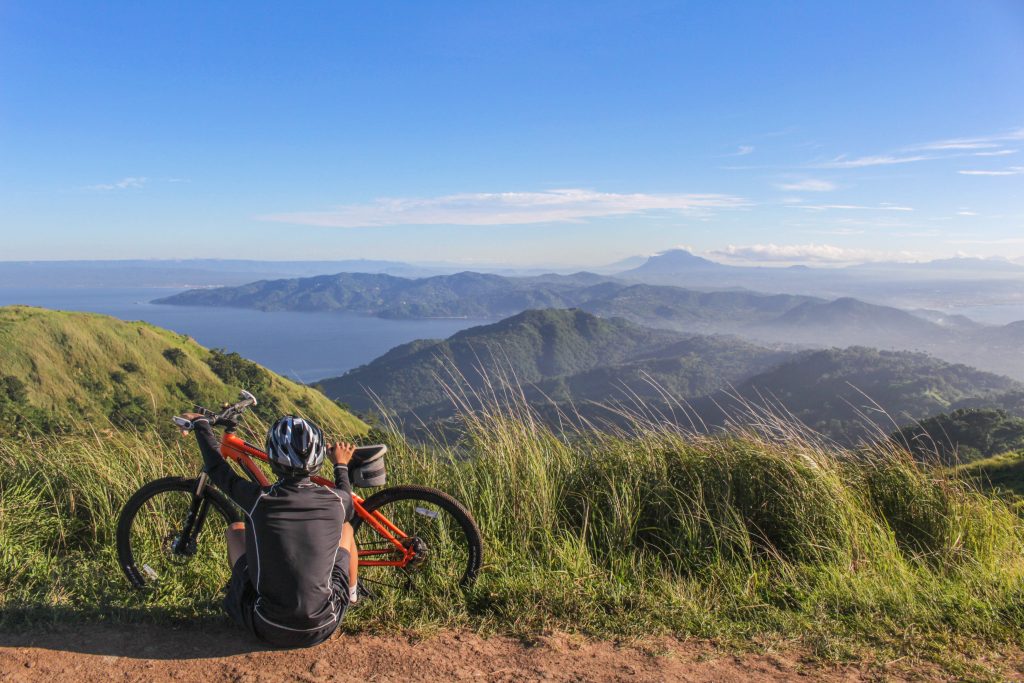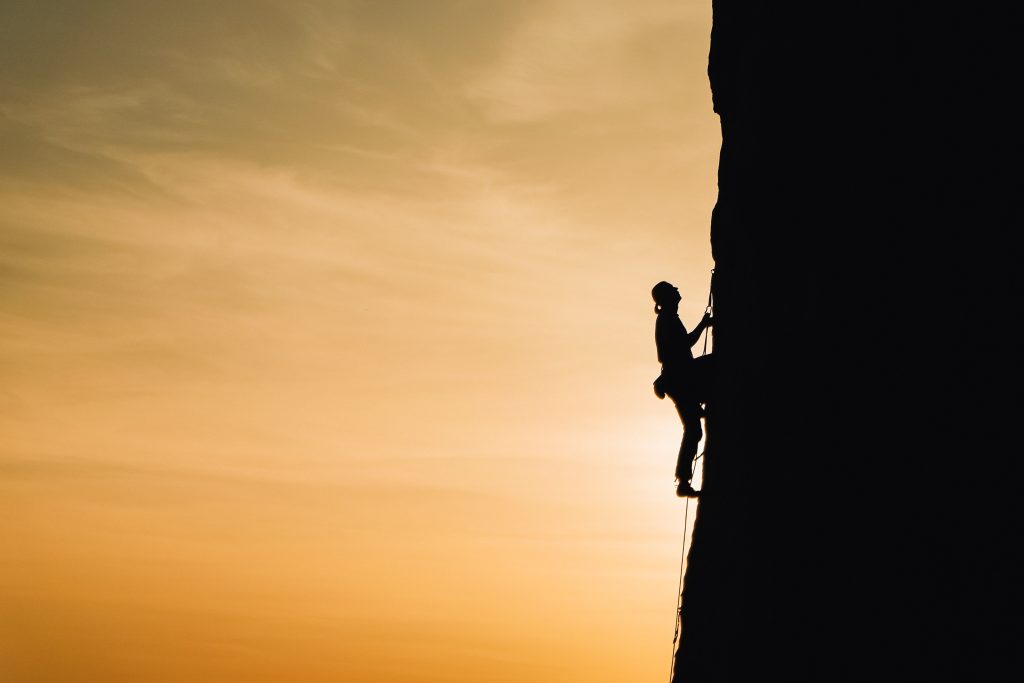“The Ultimate Guide to Hiking and Camping: Tips and Tricks for the Great Outdoors” is here to welcome you! This guide will provide you all the knowledge you need to organize and carry out a safe and fun hiking and camping trip, regardless of whether you are an experienced outdoors enthusiast or a newbie just getting started. We’ll cover everything, from selecting the appropriate equipment to navigating the environment. Take your backpack, and let’s go hiking!
Gear Selection
Clothing
It’s vital to layer your clothing for hiking and camping to account for changes in temperature throughout the day. Avoid cotton since it takes a long time to dry and, while wet, can lead to hypothermia. Choose synthetic or wool fibers so you can stay warm even while it’s raining. Any outdoor adventure requires a jacket that is both waterproof and breathable. Pack a thick layer, hat, and gloves as well to stay warm when the weather dips.
Footwear
For any outdoor adventure, a solid pair of hiking boots or trail shoes are a need. Look for footwear with a firm sole and supportive ankles. Before your travel, make sure they are broken in and fit comfortably. Consider purchasing a pair of gaiters to keep dirt and wetness out of your shoes if you want to do a lot of trekking.
Backpacks
To transport all of your goods, you’ll need a reliable backpack. Think about the features you’ll need, the size, and the weight of the backpack while making your selection. Make that it is cozy to wear and has enough space to store everything you’ll need for the trip. Look for features that can help you stay organized, such as movable straps.
Camping Equipment:
A quality tent, sleeping bag, and sleeping pad are vital pieces of camping gear. Make sure the tent you select is suitable for the number of campers and the camping location. For backcountry camping, cooking supplies and a backpacking stove are also necessary. Carry a basic first aid kit, a headlamp or flashlight, spare batteries, a map, and a compass at all times.
You’ll be well-equipped to tackle whatever Mother Nature throws your way and be able to fully enjoy your outdoor vacation by choosing the appropriate clothing, footwear, backpacks, and camping gear.
Researching trails and campsites is vital before beginning a hike. This includes learning about the difficulty level, length, and elevation gain of any trails or campgrounds you intend to visit. Be prepared to check for any weather warnings or trail closures. Look for evaluations written by other campers or hikers, and consider their insights and any advice they may have. It’s also a good idea to look up information at the trailhead and pick up any maps or pamphlets that are offered. Planning and preparing for your trip will be easier if you are familiar with the trail and campsite beforehand.
Checking the weather forecast before your journey is essential to make sure you’re ready for any circumstances you might experience. Remember that the weather in the mountains can change suddenly, so it’s crucial to be ready for a variety of temperatures and weather patterns. Even if the forecast appears to be clear, be careful to pack the right clothing and equipment to keep you warm and dry.
Itinerary and emergency plan: Be sure to inform someone of your itinerary and anticipated return time before you leave for your trip. If you don’t come back as expected, they will be able to notify the proper authorities thanks to this. Additionally, it’s a good idea to have a communication device on you in case of an emergency, such as a cell phone or a personal locating beacon. Always keep a basic first aid kit on you, and make sure you have a plan in place for what to do if something goes wrong.
You’ll be well-prepared for your outdoor vacation and able to enjoy it to the fullest by thoroughly studying routes and campgrounds, anticipating the weather, and having an agenda and emergency plan in place.
Navigation and safety
Map and compass: These are two of the most essential items for outdoor navigation. Before your journey, practice using your compass and pack a map that covers the area you’ll be hiking or camping in. Even if you are familiar with the area, it is wise to always have a map and compass with you because the weather and trail conditions can change suddenly.
When going on a trek or camping trip, it’s necessary to have a basic first aid kit with you. Bandages, antiseptic wipes, painkillers, and any other personal medications you might require should be included in your box. A small survival blanket and a whistle should also be packed in case of emergency.
Communication in case of emergency: It’s critical to have a method of communication. Check the coverage in the region you’ll be hiking or camping in before using a cell phone, though. Other excellent solutions include satellite messengers or personal locator beacons (PLBs), which let you contact for assistance even when there is no cell service in the region. Before you depart, make sure your gadget is completely charged and that you are familiar with how to use it.
Principles of Leave No Trace: Leave No Trace is a system of outdoor ethics that encourages ethical use of wilderness places. Planning ahead, using sturdy surfaces while traveling and camping, correctly disposing of waste, leaving what you find, reducing campfire impact, respecting wildlife, and being considerate of other visitors are some of these guidelines. These guidelines can help us safeguard the untainted beauty of our outdoor areas for future generations.
You can enjoy your outdoor adventure in peace and help to keep our wilderness regions lovely and untainted for future generations by learning how to navigate safely and being ready for emergencies.

Campsite Selection and Outdoor Cooking
Choosing the best campsite: It’s crucial to pick a campsite that is situated in a safe, legal, and environmentally responsible area. Find a place that is level, well-drained, and not prone to flooding. Camping should not be done too close to trails, water, or delicate habitats like wetlands or meadows. Additionally, make sure to keep an eye out for any local fire rules and limitations as well as bear and other wildlife activities.
Setting up and maintaining a campground: After selecting a location, it’s critical to put up your tent and other gear in a way that has the least negative influence on the environment. Keep your campground compact, and if fire rings or fire pans are available, utilize them. Always pack out all of your rubbish and adhere to the Leave No Trace philosophy. Make sure to tidy up any trash or food scraps and completely put out your fire before leaving your campground.
Equipment and techniques for outdoor cooking: Outdoor cooking calls for specialized tools and information. For camping in the outdoors, a backpacking stove is a practical and lightweight option, but be sure to pack enough fuel. Bring a saucepan or pan and a fire-starting kit if you intend to cook over an open fire. In order to keep wildlife away from your campground, it’s also critical to store your food appropriately.
You may have a relaxing camping trip while having a minimal impact on the environment by choosing a campground, preparing and maintaining it, and having the appropriate outdoor cooking equipment.
Hiking and Backpacking
It’s crucial to choose a trail that is appropriate for your experience level and skill level before beginning your journey. Be sure to consider the length, elevation change, and roughness of the trail. Look for trails that have good signage and are well-maintained. It’s always preferable to begin on a less difficult trail and work your way up to more difficult ones.
Navigation and trail markers: To reduce your impact on the environment when hiking, it’s crucial to stick to the approved trails. Track down the blazes and markings that show the direction of the trail. Always have a map and compass on you, and be familiar with how to use them. Before beginning, familiarize yourself with the surroundings and the track; if you become lost, turn around and retrace your steps.
Hiking safety advice: Hiking can be a fun and safe pastime, but it’s crucial to follow some simple safety measures. Always pack enough water and snacks to keep you hydrated and energized. Wear suitable clothing and footwear. Bring a small first aid kit, and be familiar with its use. Always let someone know your plan and anticipated return time, as well as the weather forecast and the state of the path.
Trail upkeep and Leave No Trace practices: To reduce the environmental impact of hiking, it’s critical to follow these guidelines. To prevent trampling on vegetation, stay on the approved trails and pack out all of your waste. Additionally, think about picking up any trash or trail damage you encounter or reporting it to the right authorities. Maintaining the trails will help keep the woods’ natural beauty intact for future generations to enjoy.
Nature Exploration and Photography
Animals observation: Getting to see and learn about the local wildlife is one of the best things about hiking and camping. Never feed animals in the wild, and always maintain a safe distance from them. Respect their natural habitat and attempt to leave as little of an impact as possible. You could be amazed by the diversity of animals and birds you observe if you keep your eyes and ears alert.
Finding out what plants and trees are: Finding out what plants and trees are is another approach to explore and learn about nature. Bring a field book with you to help you recognize the many species you come across. Look for various leaf patterns, hues, and forms. Pay attention to the fruit, flowers, and bark of the tree. Keep in mind that numerous plants have therapeutic benefits and can be utilized for survival in the wild.
Tips for nature photography: Taking pictures of nature is a wonderful method to preserve the beauty of the outdoors. Look for unique compositions and pay attention to the lighting when capturing pictures. Make an effort to capture the location’s mood and ambience. Bring a quality camera, additional batteries, and memory cards. Remember to respect nature and refrain from disturbing plants or animals while taking pictures.
You can explore and learn more about nature and make enduring memories of your outdoor adventure by watching wildlife, recognizing plants and trees, and shooting pictures.
We’ve covered every important detail you require to organize and carry out a risk-free hiking and camping trip in this book. The significance of choosing the appropriate equipment, trip planning and preparation, navigation and safety, campsite selection and outdoor cooking, hiking and backpacking, nature exploration and photography, as well as outdoor cookery, have all been covered. You’ll be well-equipped to face the big outdoors and have an unforgettable experience by paying attention to the advice provided in this manual.
Always respect the outdoors, adhere to the Leave No Trace philosophy, and be ready for anything. Above all, enjoy yourself and the splendor of nature! The wide outdoors is waiting for you to explore it, regardless of your level of experience or your level of beginnerism.


